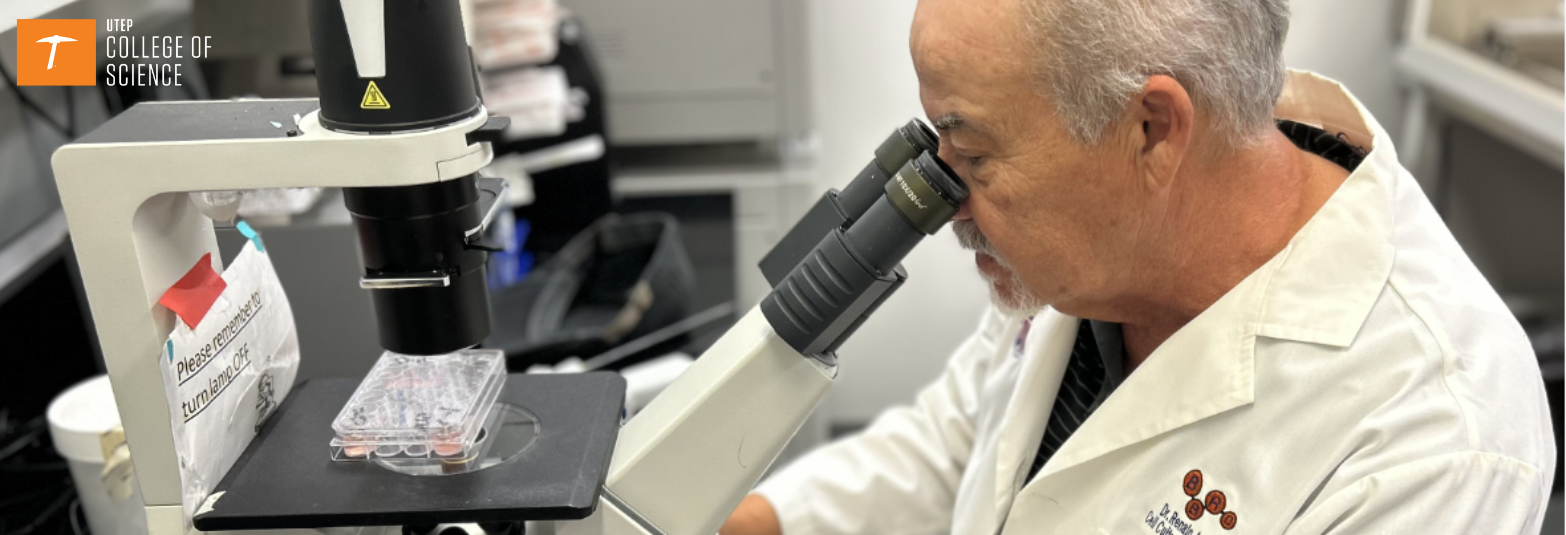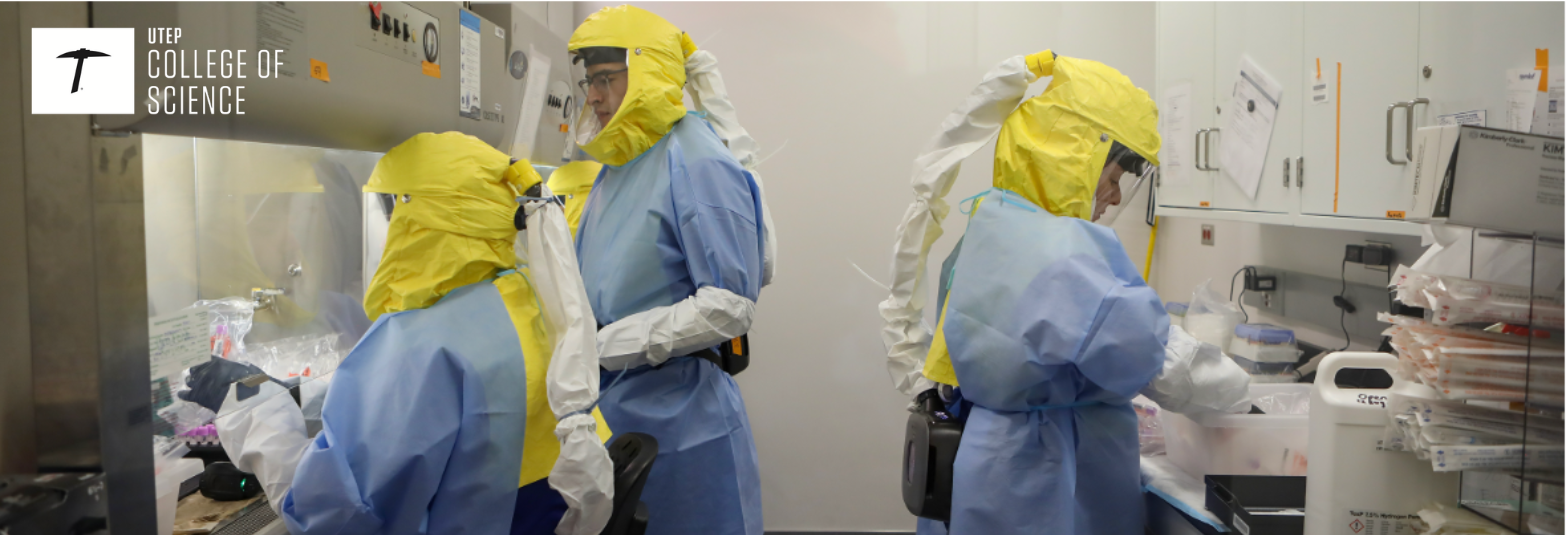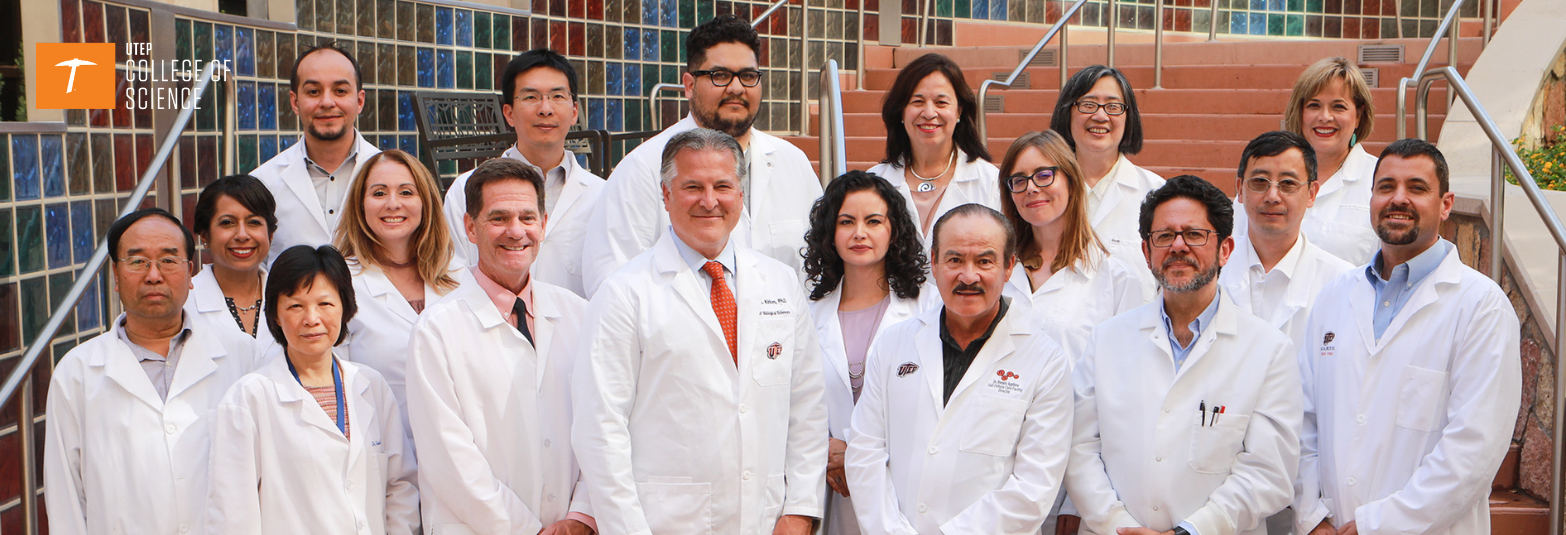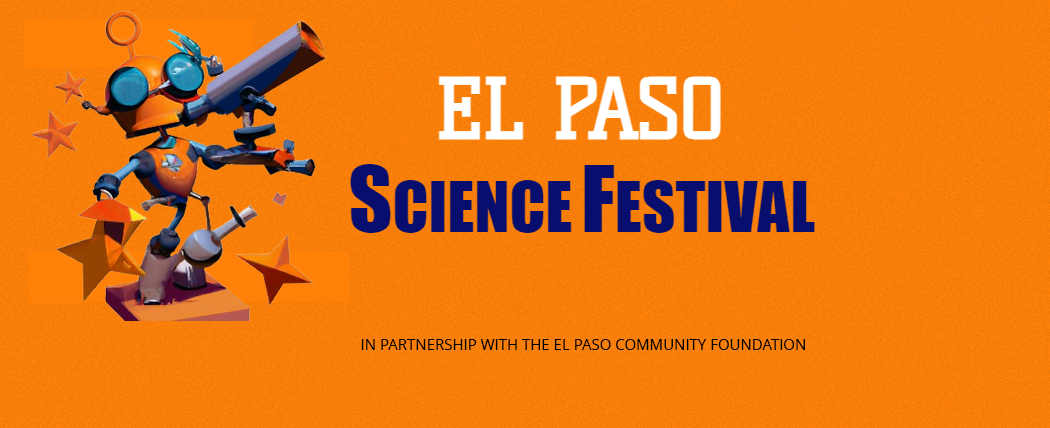Geographic Information Science and Technology
The UTEP GIST Graduate Certificate program is a 15 credit our program designed for people from any discipline who already hold a baccalaureate degree, and would like to add this skill set to their portfolio. Geospatial Information Science and Technology (GIST) is a collective term used to describe geographic information systems, remote sensing, global positioning, internet mapping, and other approaches for collecting, managing, analyzing, and visualizing data with spatial attributes. This field, which emerged in the 1960s and became fully developed as a recognized discipline in the 1990s, has expanded greatly over the past decade as GIST has become a common and expected part of our everyday lives. Deceptively simple applications such as online maps and mobile navigation are backed up by a vast array of science and technology that enables those applications.
The National Academy of Sciences has identified spatial thinking as a key skill that should be taught at all levels of education. It is spatial thinking – the powerful combination of concepts of space, tools for representation, and the process of reasoning – that is at the heart of the success of geospatial technologies. The tools themselves are only as useful as the skills and expertise of the people who employ them.
Geospatial technologies are also transforming the way in which many fields of study conduct their work. For example, in earth, ecology and environmental sciences geospatial technologies are used to model the earth's subsurface; model and analyze climate change impacts on surface processes; quantify the extent and spatial arrangement of natural resources and land cover types; monitor disasters in real time; and map hostile environments – including the deep ocean and Mars. In the health and biomedical fields, geospatial technologies enable tracking the emergence and spread of disease; investigation of environmental correlates of chronic health issues; analysis of health disparities due to location of medical facilities; and analysis of an area's Living Space – including proximity to walking space, grocery stores that sell healthy foods, and related resources that are conducive to healthy living. In fields relevant to national defense and border security geospatial technologies are used to track the movement of persons, weapons, and other contraband (i.e., drugs, radiological materials, etc); monitor foreign military operations across the full-spectrum of warfare; map the spread of adversarial propaganda and disinformation on Twitter; and identify the location of terrorist events, particularly the use of improvised explosive devices. In the area of global enterprise and border studies geospatial technologies are used to analyze site suitability for facilities; analyze collaboration/competition/innovation networks; develop transportation and delivery plans; track shipments; and analyze market gaps.










